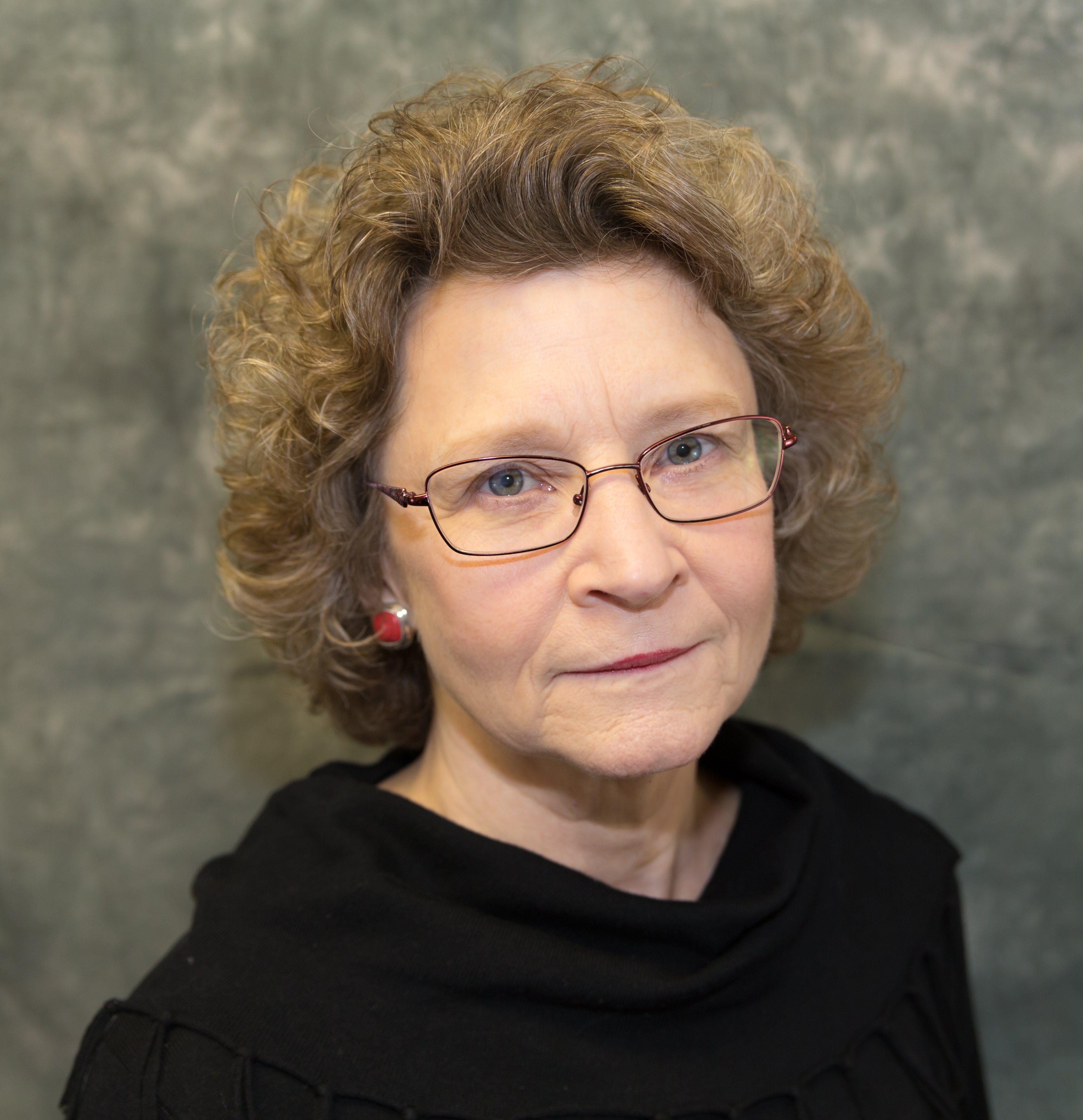 A lot has changed over the last 40 years. When I entered the workplace in the 1970s, there were two generations of working people: the “old timers” and “newcomers.”
A lot has changed over the last 40 years. When I entered the workplace in the 1970s, there were two generations of working people: the “old timers” and “newcomers.”
Today there are the “Baby Boomers”, “Gen X”, “Gen Y” (also known as the “Millennials”) and now “Gen Z” in the workplace. Each generation has different core values, communication styles, work ethics and different ways of processing and/or accepting feedback.
This can be difficult for leaders and the other generations to understand, but a successful multi-generational workforce relies on mutual respect and acceptance of differences. These differences can also lead to opportunities for the sharing of information and experiences which can improve the workplace.
Generational Groups
- Baby Boomers (born 1946-1964): They are generally ambitious; enjoy challenges, achievements and power. They prefer a competitive work place where authority is challenged. They want to take advantage of any opportunity for a promotion and they prefer documented feedback on their progress.
- Generation X (born 1965-1980): They value independence, freedom and truthful leadership. They seek work-life balance and are generally self-reliant. They are very innovative, task oriented and intentionally make frequent job changes. They value “real time” feedback and rely on emails and texting.
- Millennials (born 1980-2000): They value loyalty, safety and security. They prefer workforce diversity, collaboration, are flexible and like to have fun at work. They have a definite career path in mind and want “real time” feedback. Their basic communication is via text and social media. They are very skilled at multi-tasking.
- Generation Z (born 2000+): They value being unique, authentic and are generally creative. They have a tendency to be flexible and self-reliant and want a lot of personal freedom.
*NOTE: any trait particular to a specific group should be considered to have exceptions.
Creating and Managing a Multi-Generational Workplace
Creating a collaborative place to work involves inclusiveness and a culture which promotes acceptance of differences. Companies can help a multi-generational workforce thrive by:
- Establish respect amongst the different age groups. This can only be accomplished if each generation is open to understanding and accepting each other’s differences.
- Be flexible and accommodating in meeting the needs of each generation. Baby Boomers and Gen X may have responsibility of caring for aging parents and/or children and may need more flexible work hours.
- Avoid stereotyping. Everyone brings unique talents to the workplace. Don’t let an “unconscious bias” interfere with a willingness to acknowledge new ideas and suggestions.
- Learn from one another. Focus on individual strengths, skills and experience. Each generation has a wealth of knowledge to share and it is important to build on these skills and experiences. Consider a mentorship program to help the generations learn from each other.
- Use preferred communication styles. The older generations are more formal and typically want to communicate on a one-on-one basis or by telephone. Whereas younger generations are less formal and are more comfortable with less personal communication channels. Consider a face-to-face team building exercises can help break down barriers.
- Host company gatherings. Celebrate birthdays, holidays and other events, which will help multi-generational teams grow closer and appreciate each other. It’s a great opportunity to build trust and understanding.
Read more about managing a multi-generational workforce.
The Value of a Multi-Generational Workforce
The goal of any company is to maximize the benefits of a multi-generational workforce to boost the bottom line by taking advantage of this diversity. Diverse generations drive innovation and produce a more collaborative place to work. Their different perspectives come with an abundance of different strengths and ideas. The end result – multi-generational workforces will help harness new creativity and old wisdom to boost the bottom line, revitalize old processes, benefit customers and strengthen company cultures.
We Can Help
Did you know VITAL WorkLife offers custom trainings and education as well as executive coaching and support for leadership teams and employees? We will create a custom training for you based on your organization’s needs, including the topics of helping a multi-generational or multi-cultural workforce thrive or mental health concerns in the workplace. We also have robust online resources such as articles and e-learning courses to help you support your multi-generational workforce. Contact us through your VITAL WorkLife App or by calling 800.383.1908.
Sources:
www.mindtools.com/multigenerational-workplace.htm How to Thrive in a Multi-Generational Workplace.
https://Service Fitures.com/workplace-management The Barriers of Managing a Multigenerational Workforce and How to Break Them.
www.trinet.com/hr-insights/leadership Leadership Tips for Attracting, Engaging and Retaining a Multigenerational Workforce.
Schultz, Rob. The Benefits of Hiring a Multigenerational Workforce. November 2015
Gausepohl, Shannon. Tackling 4 Key Challenges of the Multigenerational Workforce – Business News Daily 12/05/2016.
McQuerrey, Lisa. The Advantages of Diverse Ages in the Workplace. September 2017.
Gandhi, Sandeep. A Multigenerational Workforce is a Strategic Advantage. July 2016.
Miller, Mark. Use Cognitive Diversity to Get the Most Out of the Workplace. Emergenetics International.
Canaday, Sara. Cognitive Diversity. Psychology Today. June 2017.


